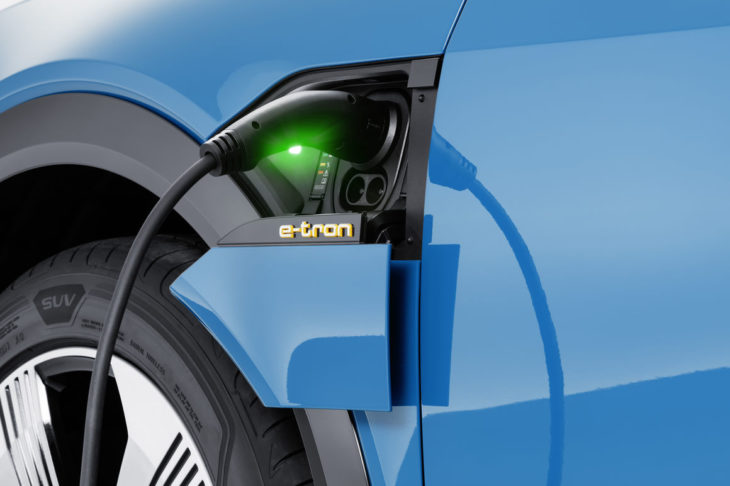
The automotive industry has more than a hundred years under its belt, and it’s still going strong. However, it faces some distinct challenges right now, and it seems likely it could encounter some even bigger ones in the not-too-distant future.
Let’s look at three of those challenges right now. These are issues the industry will have to work around if the top companies want to stay profitable.
Switching Over from Gas-Powered Vehicles
We are several years removed from when hybrid cars first appeared on the roads. At the time, drivers considered them to be cutting-edge tech.
Now, there are gas-powered vehicles still out in the world, but there are also increasingly more hybrids. There are starting to be a few solely electric-powered vehicles as well.
The real issue the automotive industry faces is that as a society, we’re starting to realize just how deadly climate change is and how far progressed it is as well. Some individuals still deny it, but it’s hard to keep saying it’s imaginary when winters are getting colder, summers are getting hotter, and more extreme weather events happen every year.
Gas-powered vehicles are a serious concern. The longer the world waits before moving to strictly electric cars, or those powered by other means, the worse shape we will find ourselves in down the road.
It’s not so simple for some of these car companies to switch over from gas-powered cars to hybrid or electric models. It’s not as easy as looking at used CNC machines for sale or simply retrofitting their assembly lines.
It seems probable that at some point, the government is going to have to step in and move unilaterally to ban gas-powered cars. At the moment, we’re likely years away from that. In the meantime, the sooner car companies can move away from gas-powered vehicle production, the easier they will make it on themselves if that time ever rolls around.
People Have Less Money Right Now
People having less money is another issue staring the automotive industry in the face these days. The pandemic caused the problem. Many individuals have lost their jobs, while others are not getting as many hours as they would like.
The automotive industry is hardly the only one that Covid-19 has devastated, but it’s undeniable that many people consider a new car to be a big-ticket item. Most individuals who don’t have as much money coming in and who have exhausted their savings are more likely to stick with their old car with a couple of hundred thousand miles on it rather than buying or leasing a new one.
Even those who would typically buy a certified pre-owned or a used vehicle are not likely to do so now unless they feel like they have no alternative. Stimulus money helps a little, but even if President Biden can drive his current plan through, most consumers are not going to put their $1,400 toward a new car.
Ride Sharing and Other Popular Vehicle Alternatives
There are also some troubling ride sharing stats that the auto industry big shots are probably not going to like very much. Services like Uber and Lyft are only growing more popular, especially in large and medium-sized markets.
In rural communities, vehicle ownership is still a necessity for those who want to get around. They can’t rely on either ride share vehicles or public transportation.
Still, it seems that in many places where people might have bought a car in the past, they are electing not to do so. They can either take a ride share vehicle or else have become more public transportation-reliant.
Some cities, like New York, Philadelphia, and San Francisco, are also creating more and more bike lanes. They know that individuals in those cities like to try and stay in shape, and if you bike to and from work every day, that’s as good as going to the gym. At the same time, bike ownership is much cheaper than car ownership.
These are hardly the only challenges the automotive industry must overcome in 2021 and beyond. High-placed automotive company executives must consider supply chain issues, reconnecting with disillusioned shoppers, and less brand loyalty than once existed. They must also contend with increasingly strict regulations.
These are not impossible obstacles to overcome. Each company will have to come up with its own strategy, though. It will be interesting to see which ones can last as we progress further into the 21st century.








